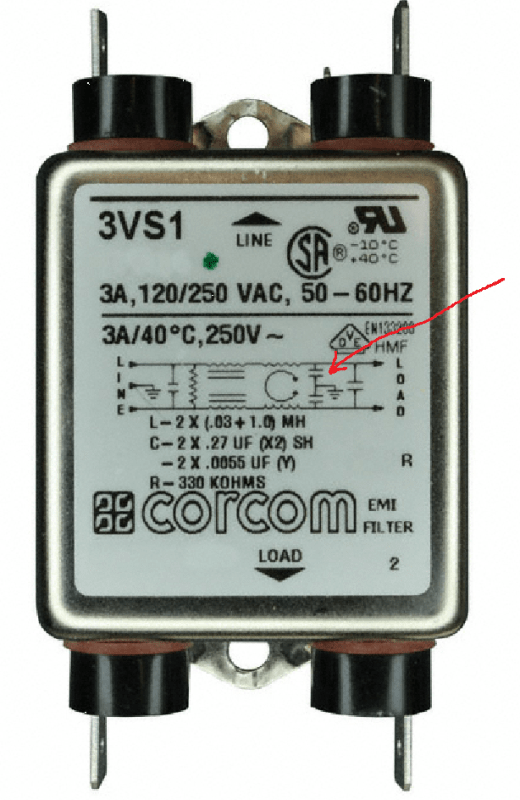zappedagain
Electrical
- Jul 19, 2005
- 1,074
A colleague recently inherited a project where ground and chassis ground got intermingled on the secondary of the power supply long ago, so several hundred sensors are basically wired to chassis ground. While this works (surprisingly, to me), they've now found that when they plug into a GFCI (Ground Fault Circuit Interrupter) the sensor currents can trip the GFCI as the primary side of the power supply has chassis ground wired to earth ground.
Are there any safe ways to make this circuit work with a GFCI, other than rewiring the sensors? Maybe resistive coupling between the chassis and earth ground? A 60 Hz bandstop filter to earth ground (via the GFCI)?
Z
Are there any safe ways to make this circuit work with a GFCI, other than rewiring the sensors? Maybe resistive coupling between the chassis and earth ground? A 60 Hz bandstop filter to earth ground (via the GFCI)?
Z


